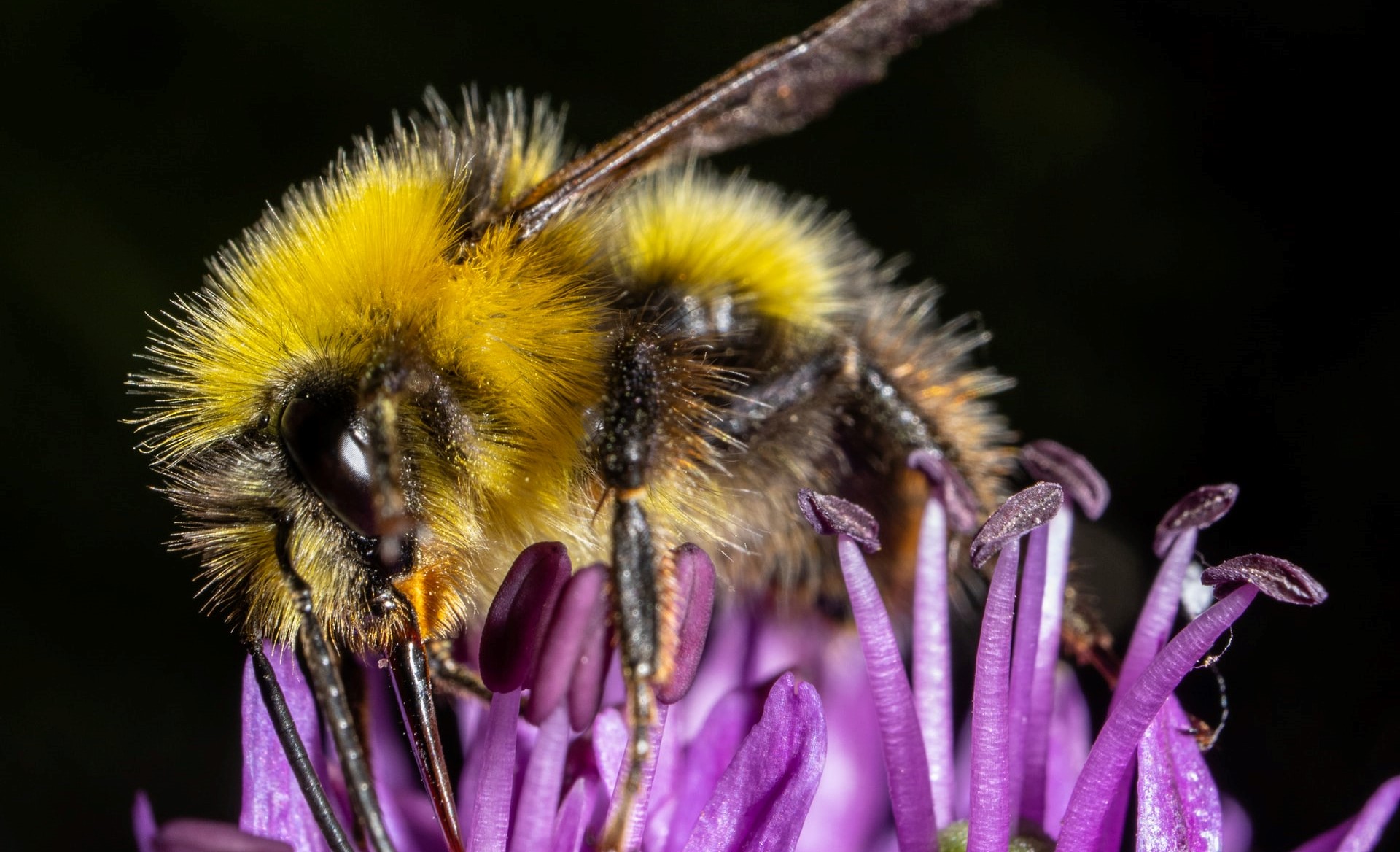News release
From:
Synergistic interactions between multiple agrochemicals, such as pesticides and herbicides, are having a greater impact on bee mortality than expected (if the effects were additive), according to a meta-analysis published in Nature this week. Underestimations of the interactive effect between environmental stressors associated with agriculture could mean that bees are not protected by current regulatory processes.
Declining bee populations are a threat to food security and wild ecosystems worldwide. Although many factors, such as agrochemicals, parasites and nutritional stressors, have been identified for their respective contributions to this decline, studies investigating the interactions between them have previously produced mixed, inconclusive results.
To quantitatively assess the extent of these threats, Harry Siviter, Emily Bailes and colleagues combined and analysed results from 90 studies comparing the effect of 356 types of interaction between agrochemicals, parasites and nutritional stressors on bee health. Overall, multiple stressors were found to be influencing bee mortality in a synergistic manner, meaning that the combined effect of these stressors interacting together is greater than the sum of their individual, respective effects. However, when this analysis was broken down by type of stressor, there was strong evidence to suggest that synergistic interactions between agrochemicals at concentrations that reflect the reported amounts of residue on treated crops are affecting bee mortality. By contrast, for stressors with which bees have co-evolved — that is, parasitic infections and/or malnutrition — accumulative effects were found to be no greater than additive expectations.
The authors conclude that these results could highlight a potential caveat in environmental risk assessment schemes that assume that agrochemical stressors interact in an additive manner and that, as a consequence, may be underestimating the synergistic interactive effects of anthropogenic sources on bee mortality. They describe that if this issue is not addressed, we risk witnessing further bee declines, with knock-on effects on pollination — an invaluable asset to global food production.



 International
International



